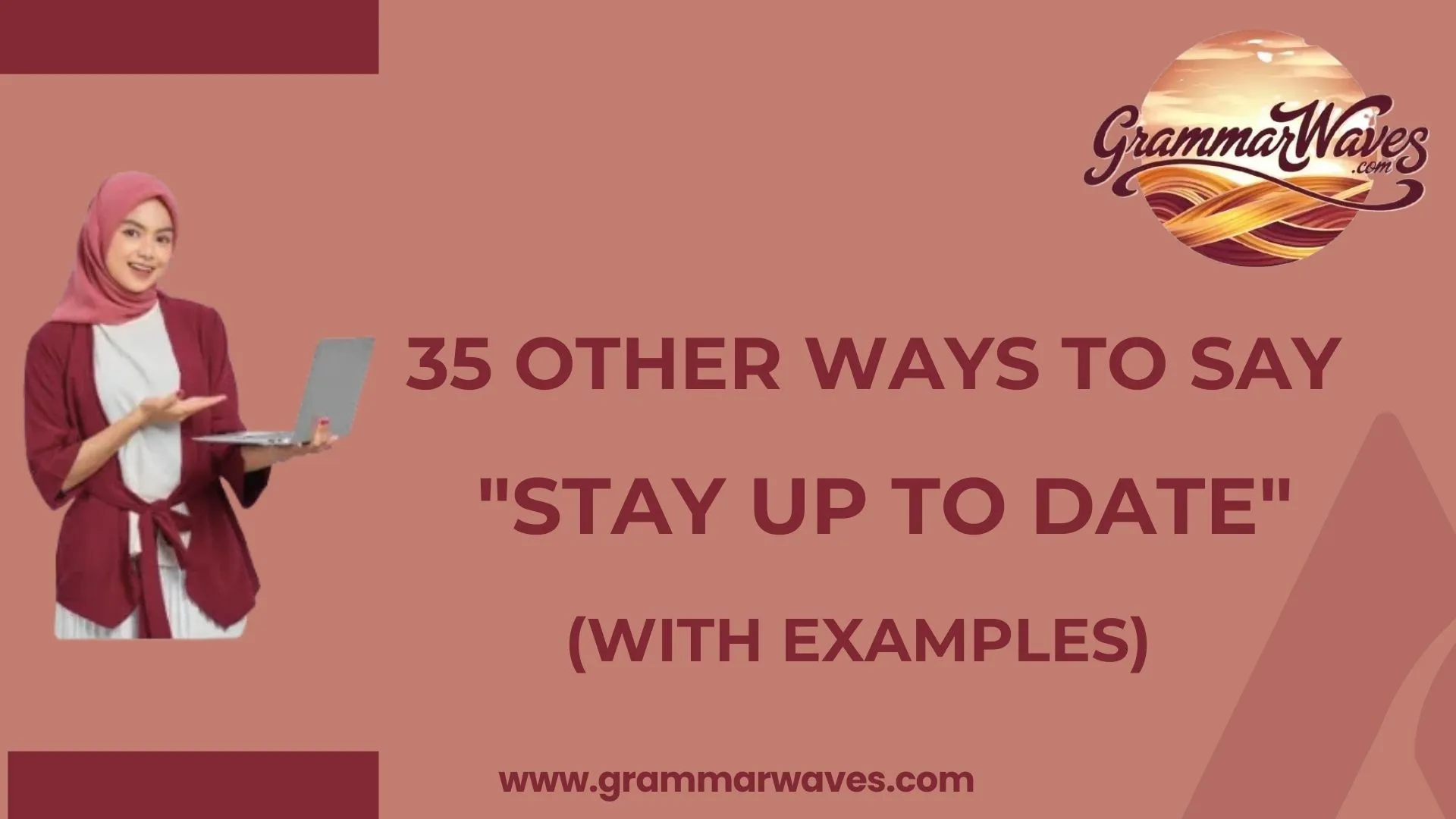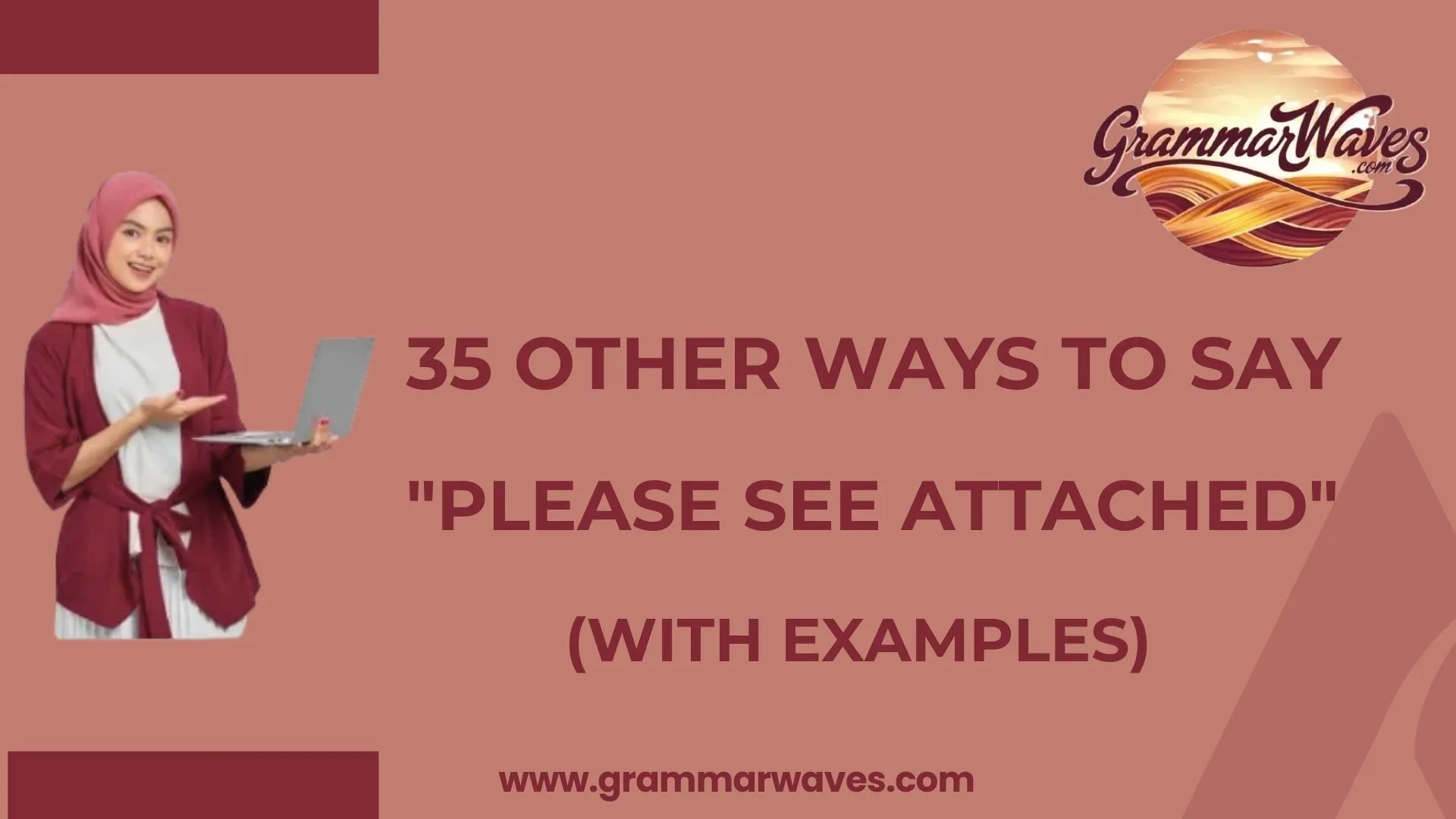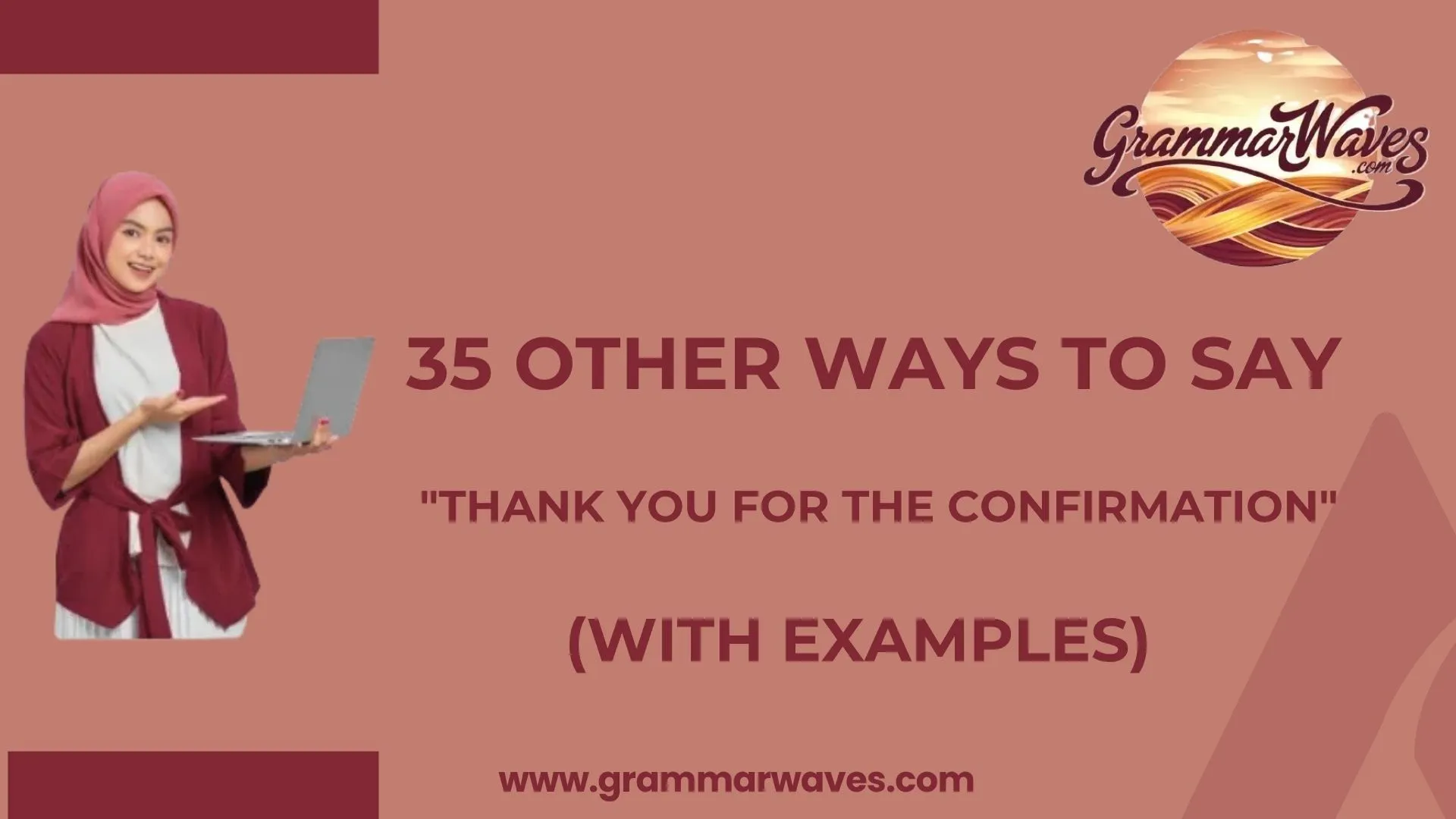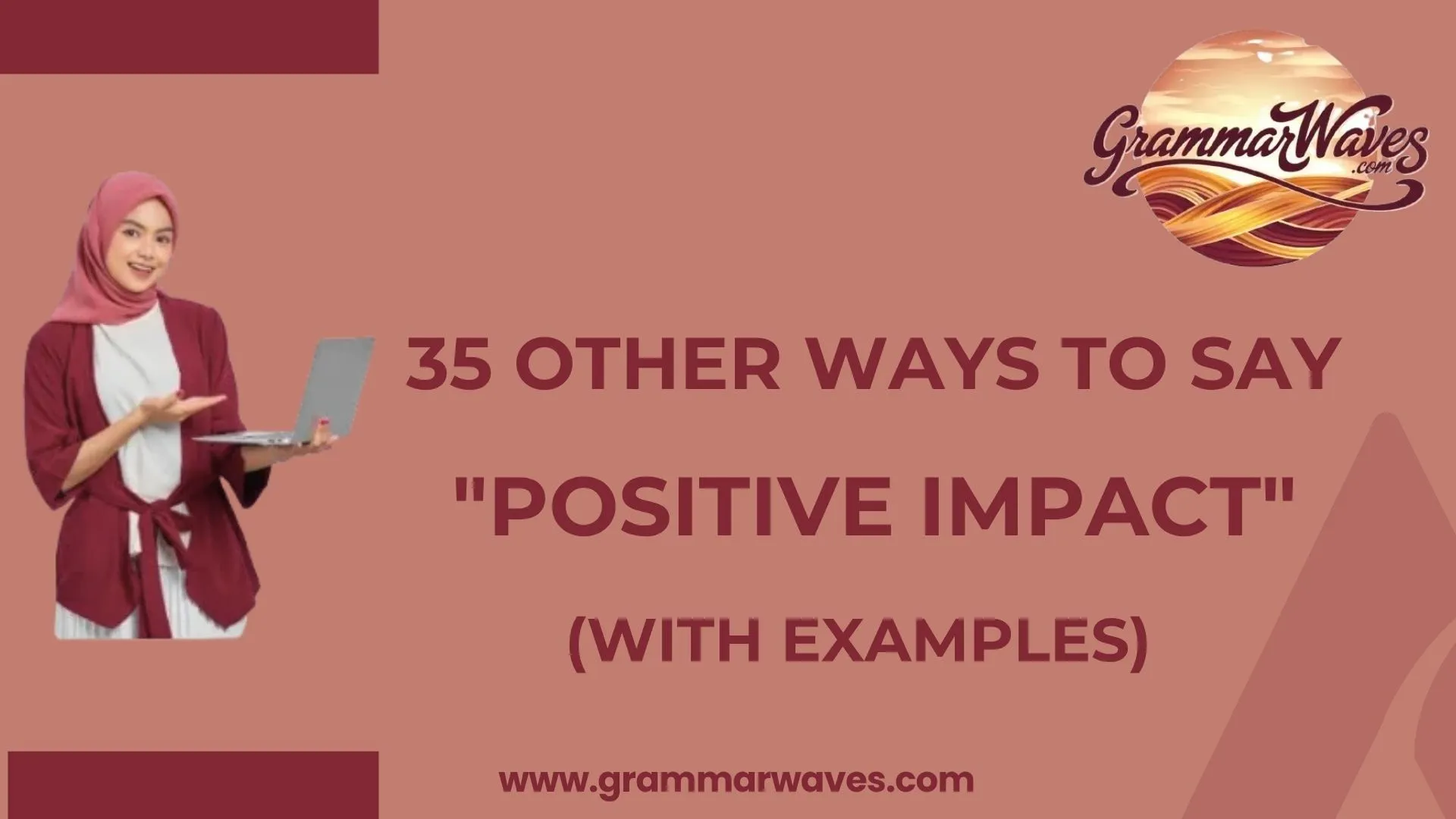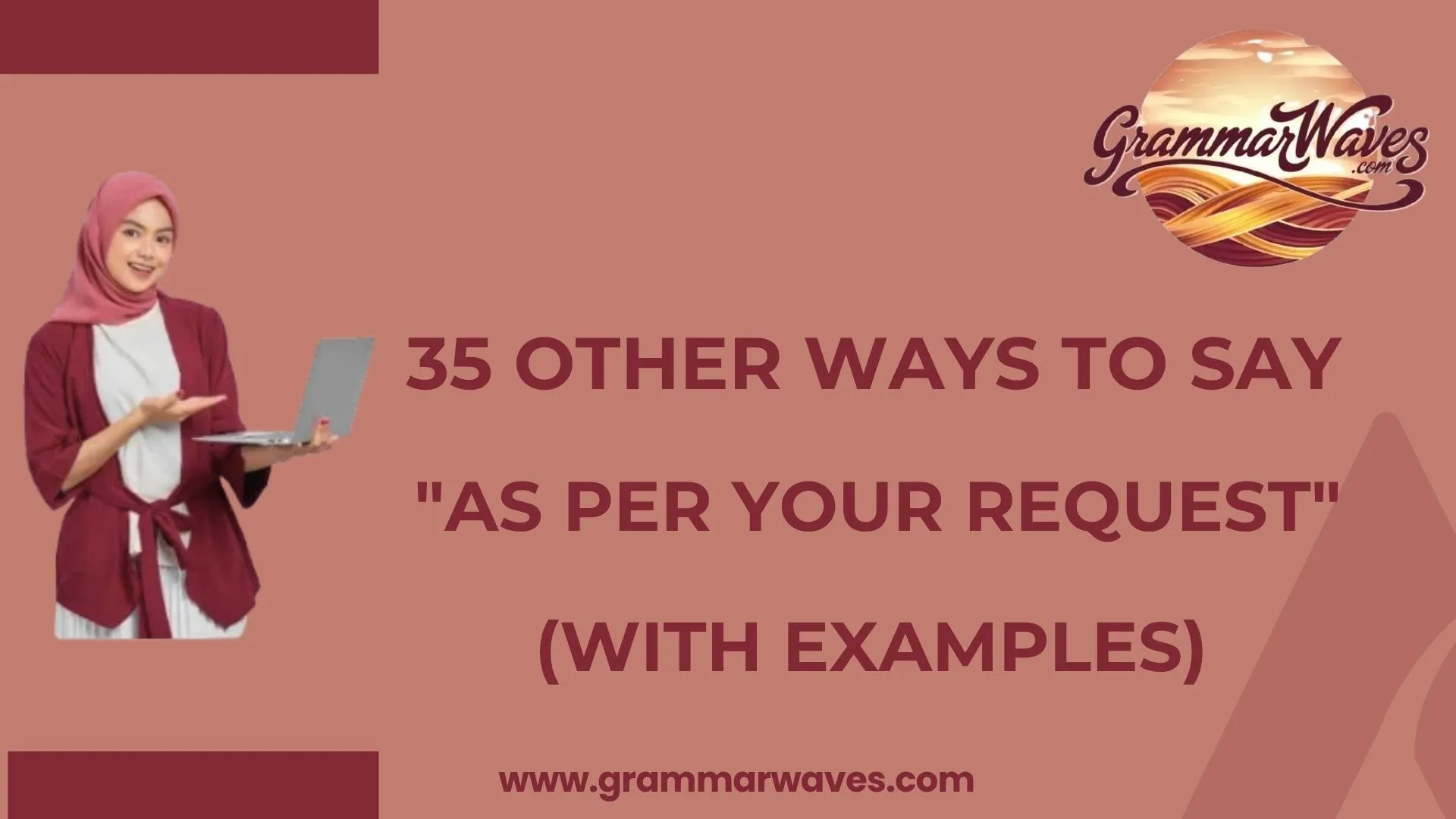In today’s fast-paced world, finding Other Ways to say “Stay Up to Date” can make your communication more engaging and effective, whether in emails, reports, or meetings. Using different phrases keeps your tone fresh while showing professionalism and care in how you share information.
Over time, having a collection of alternatives helps you stay flexible in language. Swapping out the same phrase for more thoughtful expressions makes updates clearer, avoids repetition, and leaves a stronger impact on colleagues and clients.
What Does “Stay Up to Date” Mean?
“Stay Up to Date” means to keep current with information, events, or trends. It’s about staying informed or maintaining knowledge about something as it evolves. Whether it’s about the latest news, developments in a project, or updates to a system, keeping yourself up to date ensures that you’re not left behind.
When to Use “Stay Up to Date”
You would use “stay up to date” when talking about remaining informed or current on something. This could range from the latest news, trends, or ongoing developments in a project. It’s often used in both professional and casual contexts when you want to emphasize the importance of staying informed.
Is It Professional/Polite to Say “Stay Up to Date”?
Yes, “Stay Up to Date” is both professional and polite. It is commonly used in business communication to refer to staying current with information, policies, or tasks. It’s a neutral, non-offensive phrase that helps keep others informed or in sync with relevant updates.
Pros and Cons of Using “Stay Up to Date”
Pros:
- Simple and clear: It directly communicates the idea of staying informed.
- Versatile: Can be used in various contexts, from business to casual settings.
- Widely understood: Most people know exactly what you mean.
Cons:
- Overused: It can feel repetitive, especially in professional settings.
- Too formal or bland: In some situations, it might come across as impersonal or lackluster.
Stay Up to Date Synonyms:
- Keep Informed
- Stay in the Loop
- Keep Up to Speed
- Stay Current
- Keep on Top of Things
- Stay Ahead of the Curve
- Stay Well-versed
- Keep You Posted
- Stay Tuned
- Keep You in the Know
- Stay Informed
- Keep Your Finger on the Pulse
- Stay Informed About Developments
- Keep Abreast of
- Be in the Loop
- Stay Current with the Trends
- Stay on Top of Things
- Stay Ahead of the Game
- Keep Up with the Latest
- Be in the Know
- Keep You Updated
- Stay Informed of the Latest Developments
- Keep Abreast of Updates
- Be Up to Speed
- Stay Informed on the Progress
- Keep Up with What’s Going On
- Be Aware of the Latest Trends
- Keep Your Eye on the Ball
- Stay Connected
- Be Up-to-Date
- Keep On Track
- Keep Abreast of the Latest Changes
- Be in Touch with Developments
- Stay Engaged
- Keep Yourself Updated
Keep Informed
Meaning:
To stay current on the latest information or updates.
Explanation:
A straightforward alternative that implies maintaining awareness of any changes.
Example:
“I’ll make sure to keep you informed about any developments.”
Best Use:
Professional emails, project updates.
Worst Use:
Casual conversations where a more relaxed tone is needed.
Tone:
Neutral and professional.
Stay in the Loop
Meaning:
To remain involved or informed, especially in a group or team context.
Explanation:
This phrase suggests being part of a continuous conversation or process.
Example:
“Feel free to reach out if you want to stay in the loop with the latest changes.”
Best Use:
Casual and team-oriented environments.
Worst Use:
Formal business contexts where a more polished expression is needed.
Tone:
Friendly and informal.
Keep Up to Speed
Meaning:
To stay updated and aware, especially when there’s a lot of information to track.
Explanation:
This alternative conveys a sense of quick adaptation to new information.
Example:
“We’ll send you weekly updates so you can keep up to speed with our progress.”
Best Use:
Work teams, project management, and collaborative settings.
Worst Use:
Highly formal settings where more conventional language is preferred.
Tone:
Casual but professional.
Stay Current
Meaning:
To remain updated with the most recent developments or information.
Explanation:
It implies staying in touch with the latest trends, news, or updates.
Example:
“I’ll keep you updated to stay current on all changes to the schedule.”
Best Use:
Newsletters, casual emails, team check-ins.
Worst Use:
Formal or highly structured professional environments.
Tone:
Casual and clear.
Keep on Top of Things
Meaning:
To ensure you are aware of and managing all the relevant tasks and information.
Explanation:
This phrase highlights being proactive about staying organized and informed.
Example:
“I’ve got everything covered to keep on top of things for the presentation.”
Best Use:
Project management or when discussing responsibilities.
Worst Use:
In formal reports or official communications.
Tone:
Friendly and proactive.
Stay Ahead of the Curve
Meaning:
To be more informed or prepared than others, often before something becomes widely known.
Explanation:
This suggests not just staying updated, but being proactive about upcoming changes or trends.
Example:
“We need to stay ahead of the curve with these new industry regulations.”
Best Use:
Strategy discussions, forecasting, and competitive advantage scenarios.
Worst Use:
Routine updates or everyday tasks.
Tone:
Ambitious and forward-thinking.
Stay Well-versed
Meaning:
To be knowledgeable and informed on a subject.
Explanation:
Implies not just staying up to date, but being thoroughly familiar with a topic.
Example:
“I’m trying to stay well-versed in the latest technology to enhance my skills.”
Best Use:
Professional development, industry knowledge, and specialized fields.
Worst Use:
In casual, non-expert conversations.
Tone:
Informative and intellectual.
Keep You Posted
Meaning:
To provide someone with updates as things progress.
Explanation:
A casual way of saying you’ll keep someone updated, usually as new information becomes available.
Example:
“I’ll keep you posted on any changes to the schedule.”
Best Use:
Casual conversations, follow-ups, and informal team settings.
Worst Use:
Formal communications where a more polished expression is required.
Tone:
Casual and friendly.
Stay Tuned
Meaning:
To remain alert for upcoming information or updates.
Explanation:
Often used in media or entertainment contexts but can work in business to create anticipation.
Example:
“Stay tuned for more updates on the project timeline.”
Best Use:
Newsletters, announcements, or updates with a sense of anticipation.
Worst Use:
Professional reports where a more formal tone is expected.
Tone:
Engaging and anticipatory.
Keep You in the Know
Meaning:
To make sure someone remains informed with important information.
Explanation:
This phrase is a more casual and approachable way to say “Stay Up to Date.”
Example:
“We’ll keep you in the know about the new policies as soon as they’re finalized.”
Best Use:
Team collaborations, casual work environments, or informal updates.
Worst Use:
Very formal situations where a more professional tone is needed.
Tone:
Casual, friendly, and approachable.
Stay Informed
Meaning:
To remain aware of updates, news, or changes.
Explanation:
A more formal and neutral alternative, ideal for professional settings.
Example:
“I’ll stay informed on any new developments regarding the budget.”
Best Use:
Business communications, client emails, professional conversations.
Worst Use:
Casual conversations or brief updates.
Tone:
Neutral and professional.
Keep Your Finger on the Pulse
Meaning:
To stay closely connected with the latest developments or trends.
Explanation:
This phrase evokes the image of being deeply in tune with what’s happening around you, especially in a fast-changing environment.
Example:
“It’s important to keep your finger on the pulse when managing this project.”
Best Use:
Dynamic work environments, industries that change quickly, project management.
Worst Use:
n static environments where change happens slowly.
Tone:
Engaged, active, and proactive.
Stay Informed About Developments
Meaning:
To maintain awareness of any changes or progress on a particular topic.
Explanation:
A slightly more formal way of referring to staying up to date, emphasizing the importance of continuous learning and awareness.
Example:
“We’ll ensure you stay informed about developments as the project progresses.”
Best Use:
Formal settings, industry updates, or internal communications.
Worst Use:
Informal conversations or brief updates.
Tone:
Professional and clear.
Keep Abreast of
Meaning:
To stay fully informed about something, particularly when there’s ongoing change.
Explanation:
This phrase implies a detailed level of awareness, often used in more formal contexts.
Example:
“We need to keep abreast of the latest legislative changes in our field.”
Best Use:
Legal, academic, or technical industries where staying updated is crucial.
Worst Use:
Casual or informal conversations.
Tone:
Formal and diligent.
Be in the Loop
Meaning:
Similar to “stay in the loop,” it means to remain updated and informed.
Explanation:
It suggests being part of an ongoing process where relevant information is shared.
Example:
“I’ll make sure you’re in the loop about the upcoming product launch.”
Best Use:
Teamwork, casual updates, or project discussions.
Worst Use:
When a more formal, structured approach is required.
Tone:
Informal and team-oriented.
Stay Current with the Trends
Meaning:
To remain updated on what’s trending or popular in a particular field or context.
Explanation:
This phrase is often used to refer to keeping up with evolving trends, whether in business, technology, or culture.
Example:
“It’s important to stay current with the trends to ensure our marketing efforts are relevant.”
Best Use:
Marketing, social media, fashion, and technology industries.
Worst Use:
When discussing topics that are not directly related to trends or fads.
Tone:
Informal, energetic, and forward-thinking.
Stay on Top of Things
Meaning:
To maintain control and awareness of the current situation or developments.
Explanation:
This phrase suggests a proactive approach to staying informed and organized.
Example:
“I’ll make sure we stay on top of things and meet all deadlines.”
Best Use:
Project management, task-oriented work, and leadership situations.
Worst Use:
Casual conversations that don’t require a sense of urgency or responsibility.
Tone:
Assertive and responsible.
Stay Ahead of the Game
Meaning:
To be proactive and keep an advantage by staying informed and prepared.
Explanation:
This alternative suggests not just staying informed, but using that information to stay ahead of competitors or trends.
Example:
“To succeed in this industry, we need to stay ahead of the game with new technologies.”
Best Use:
Competitive fields, strategic planning, business development.
Worst Use:
Everyday situations where a more relaxed or neutral tone is needed.
Tone:
Confident, competitive, and ambitious.
Keep Up with the Latest
Meaning:
To stay informed about the most recent news, trends, or developments.
Explanation:
This phrase is useful when discussing the need to stay updated on the latest happenings.
Example:
“We’ll make sure you keep up with the latest developments in the project.”
Best Use:
Newsletters, team check-ins, and casual updates.
Worst Use:
In formal, high-level communications where a more professional tone is needed.
Tone:
Casual, yet attentive.
Be in the Know
Meaning:
To be aware of important or relevant information.
Explanation:
This phrase conveys the idea of staying informed with insider knowledge or important updates.
Example:
“I’ll keep you in the know about any major changes to the schedule.”
Best Use:
Informal or semi-formal communication where familiarity and friendliness are appreciated.
Worst Use:
Formal reports or communications that require a more professional tone.
Tone:
Friendly, familiar, and casual.
Keep You Updated
Meaning:
To provide new or ongoing information as things develop.
Explanation:
A simple, direct way to assure someone that they will receive information as it becomes available.
Example:
“I’ll keep you updated on the progress of the marketing campaign.”
Best Use:
Professional, straightforward communications like emails or memos.
Worst Use:
In personal or informal settings where more natural, conversational phrasing is needed.
Tone:
Clear and professional.
Stay Informed of the Latest Developments
Meaning:
To remain aware of significant changes or events as they happen.
Explanation:
A formal and precise alternative to staying up to date, often used in professional contexts.
Example:
“We’ll stay informed of the latest developments in the regulatory landscape.”
Best Use:
Formal business communications, compliance, and industry updates.
Worst Use:
Casual or informal discussions where a lighter tone is needed.
Tone:
Professional and formal.
Keep Abreast of Updates
Meaning:
To remain aware of new or ongoing changes or information.
Explanation:
This formal phrase is often used in academic, legal, or business contexts to suggest continual awareness of changes.
Example:
“I’ll keep abreast of updates regarding the merger.”
Best Use:
Corporate communications, legal discussions, and formal presentations.
Worst Use
Informal contexts or casual conversations.
Tone:
Formal, thorough, and responsible.
Be Up to Speed
Meaning:
To be fully aware of the latest information or changes.
Explanation:
This phrase is used to suggest someone is completely informed and can take action based on the most recent knowledge.
Example:
“Let me get you up to speed on the recent changes to the policy.”
Best Use:
Professional settings, team meetings, and briefings.
Worst Use:
Casual settings where a simpler phrase could be used.
Tone:
Efficient and clear.
Stay Informed on the Progress
Meaning:
To keep track of the ongoing developments of a task or project.
Explanation:
This alternative emphasizes monitoring progress rather than just staying updated on static information.
Example:
“I’ll make sure to keep you informed on the progress of the initiative.”
Best Use:
Project management, team communications, and work updates.
Worst Use:
When referring to broad or general topics that don’t require detailed progress tracking.
Tone:
Professional and responsible.
Keep Up with What’s Going On
Meaning:
To remain aware of current events, changes, or activities.
Explanation:
A more informal and conversational way to say “Stay Up to Date,” often used in social or casual contexts.
Example:
“I always like to keep up with what’s going on in the tech world.”
Best Use:
Casual conversations, social media, and personal updates.
Worst Use:
Formal, work-related communications.
Tone:
Casual, conversational, and approachable.
Be Aware of the Latest Trends
Meaning:
To have knowledge of the newest developments or patterns in a field.
Explanation:
This phrase focuses on staying attuned to trends or shifts, especially in industries like fashion, marketing, and technology.
Example:
“We need to be aware of the latest trends in consumer behavior to improve our strategies.”
Best Use:
Marketing, business strategy, and creative fields.
Worst Use:
When dealing with tasks or projects where trends don’t play a significant role.
Tone:
Forward-thinking, trendy, and strategic.
Keep Your Eye on the Ball
Meaning:
To remain focused on staying informed and on track.
Explanation:
This phrase, while commonly associated with maintaining focus in a task, can also be used to refer to staying informed.
Example:
“We need to keep our eye on the ball and stay informed about the upcoming legislation.”
Best Use:
Project management, sports analogies, or motivational conversations.
Worst Use:
In highly formal or technical contexts.
Tone:
Motivational, focused, and active.
Stay Connected
Meaning:
To maintain communication and awareness of developments.
Explanation:
While often associated with networking or communication, it can also refer to staying informed about current events or updates.
Example:
“I’ll stay connected with the team to ensure everyone’s on the same page.”
Best Use:
Teamwork, networking, and collaborative work environments.
Worst Use:
In formal contexts where a more precise phrase is needed.
Tone:
Casual, warm, and inclusive.
Be Up-to-Date
Meaning:
To be aware of the most recent and relevant information.
Explanation:
This is a variation on the standard phrase, emphasizing that someone is fully informed.
Example:
“I want to be up-to-date with the latest developments on the project.”
Best Use:
Casual or professional settings where staying informed is key.
Worst Use:
In formal reports or when a more specific, technical term is required.
Tone:
Neutral, straightforward.
Keep On Track
Meaning:
To stay aligned with the latest goals or objectives.
Explanation:
This phrase can refer to staying both informed and focused on the task at hand.
Example:
“Let’s keep on track and make sure we’re aware of any changes that might impact our timeline.”
Best Use:
Project management, task tracking, and goal-setting discussions.
Worst Use:
Casual or relaxed environments.
Tone:
Motivational and proactive.
Keep Abreast of the Latest Changes
Meaning:
To remain updated with the latest modifications or updates.
Explanation:
A slightly more formal way of saying you’ll stay current with any changes.
Example:
“We must keep abreast of the latest changes in government policies.”
Best Use:
Corporate communications, regulatory updates, and formal discussions.
Worst Use:
Casual settings or informal conversations.
Tone:
Formal and detail-oriented.
Be in Touch with Developments
Meaning:
To maintain communication and be aware of changes or progress.
Explanation:
Often used to imply keeping updated through regular communication channels.
Example:
“I’ll stay in touch with developments and make sure you’re informed of any important updates.”
Best Use:
Communication-focused environments, client relations, and project updates.
Worst Use:
Casual or informal settings.
Tone:
Professional and communicative.
Stay Engaged
Meaning:
To actively participate in staying updated, often by staying involved in discussions or processes.
Explanation:
This phrase can imply that you are not just informed but actively contributing.
Example:
“I encourage you to stay engaged with the team to keep up with all the latest information.”
Best Use:
Collaborative work, project teams, and interactive environments.
Worst Use:
More formal, non-interactive situations.
Tone:
Active, engaging, and participatory.
Keep Yourself Updated
Meaning:
To make a personal effort to stay informed.
Explanation:
This phrase emphasizes individual responsibility for staying informed, often in a self-directed way.
Example:
“Make sure you keep yourself updated with the latest market trends.”
Best Use:
Personal development, self-directed learning, and independent work.
Worst Use:
When the responsibility is shared or collective.
Tone:
Empowering, self-motivated.
Conclusion
Finding different ways to say “Stay Up to Date” can make your communication feel more vibrant and engaging. Whether you’re talking to a colleague, client, or friend, using thoughtful phrasing to indicate you’re keeping informed adds warmth and a sense of care to your message. Try mixing up these alternatives depending on your context, and you’ll find that staying updated sounds a lot more interesting!
FAQs
Why should I use alternatives instead of always saying “stay up to date”?
Using fresh expressions avoids repetition, keeps your tone professional, and makes your writing sound more engaging.
What are some formal alternatives to “stay up to date”?
Phrases like “remain informed,” “stay current,” or “keep yourself updated” work well in formal or professional contexts.
What are some casual alternatives I can use in everyday conversations?
You can say “keep in the loop,” “stay in touch with the news,” or “be on top of things.”
Can I use these phrases in business emails?
Yes, but choose the tone wisely. For business emails, opt for more professional options like “remain informed” or “stay current.”
How many alternatives are ideal to use without sounding forced?
Rotating between 5–7 different phrases in your writing is usually enough to keep your language fresh without overdoing it.

Hi, I’m Olivia Sinclair, the voice behind GrammarWaves.com. I’ve spent years studying the fine points of English grammar, usage, and style – and I created this site to make those tricky topics feel simple, clear, and even enjoyable.
